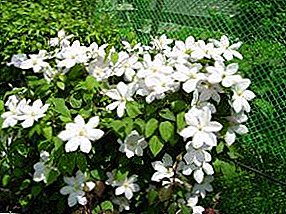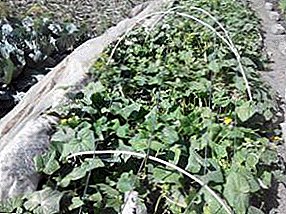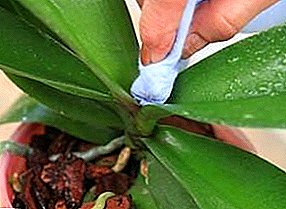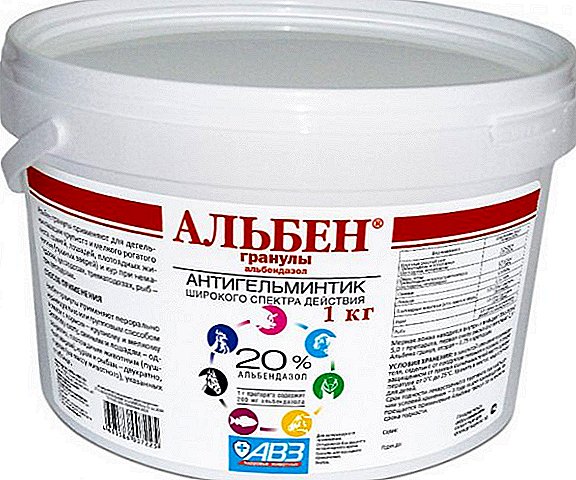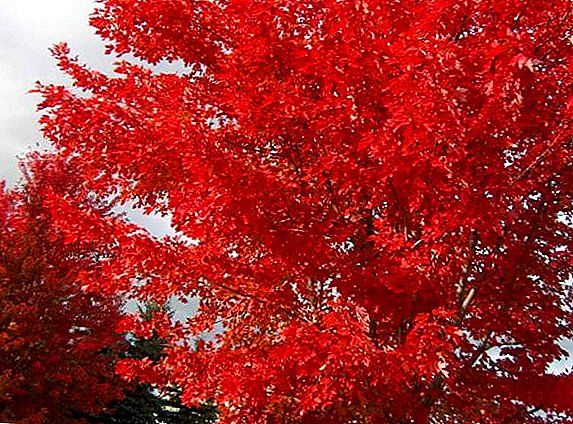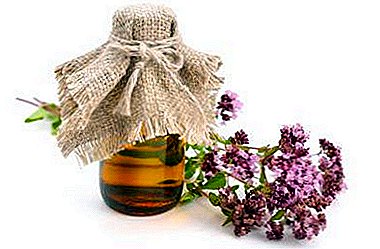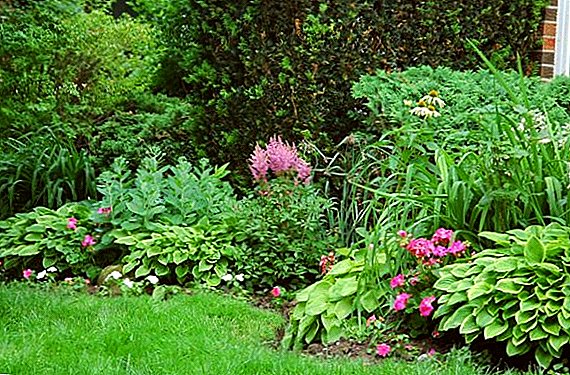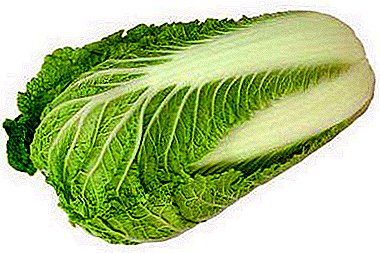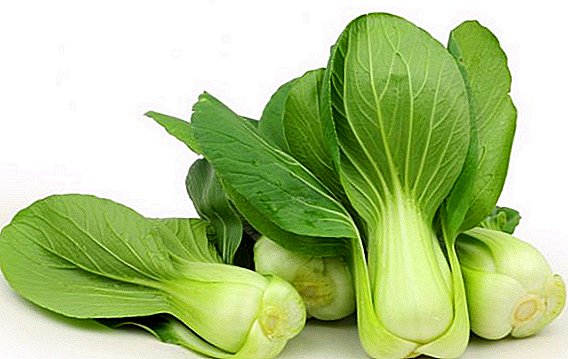 Chinese cabbage pak-choi is a vegetable that resembles spinach in appearance, and arugula in taste. But do not confuse them. This product is amazing because it is used in medicine, cooking and even landscape design. Let's see what a pak choi is.
Chinese cabbage pak-choi is a vegetable that resembles spinach in appearance, and arugula in taste. But do not confuse them. This product is amazing because it is used in medicine, cooking and even landscape design. Let's see what a pak choi is.
Culture description
This culture has long been popular in China, Korea and Japan. Now you can grow it in your garden. Although the vegetable represents the Cabbage family, it has a distinctive feature - the absence of a head of cabbage. Instead, it has white petioles, which smoothly turn into leaves of various shades.  There are such varieties This Chinese cabbage:
There are such varieties This Chinese cabbage:
- "Prima" (significant for its resistance to pests);
- "Gipro" (inexpensive, as unpretentious);
- "Swallow" (its high price is due to the delicate taste);
- "Four seasons" (in accordance with the name it is collected several times a year).
Did you know? In Europe, they say “pak-choi salad” or “mustard cabbage”. In Asia, it is recognized as "white."
Chemical composition and caloric content of the product
Pak-choi, like any cabbage, has its beneficial properties. In its composition can be found magnesium, which improves blood pressure indicators, iron, potassium, vitamins A, B, C, and more.
Main feature called ascorbic acid, which is stored in the leaves.
Chinese cabbage is low in calories and contains only 13 kcal per 100 g (proteins - 1.5; fats - 0.2; carbohydrates - 1.2). 
Pak-choi: useful properties
The high content of vitamins B and A improves eyesight. The latter help those who suffer from "night blindness" - the inability to see things well in dusk and darkness.
When it is used, the skin cells are renewed, the vision is improved, as well as the function of the gastrointestinal tract. The latter is due to the fiber, which is full of Chinese cabbage.
Learn about the beneficial properties of cabbage varieties: Beijing, Brussels, Savoy, broccoli, kohlrabi.
Cabbage application
Due to the fact that the pack-choi contains many useful properties, it is used not only in cooking, but also in medicine. And the most interesting use for it was found in landscape design. In the fall, many plants lose their colors, but not white cabbage. It is because of the bright green shades that attention is paid to it. 
In medicine
Vegetable recommended with diet, diseases of the heart and blood vessels. The juice of this product has long been used to heal wounds, burns and ulcers, because it had a bactericidal effect.
Did you know? Pak-choi helps in the treatment of anemia.
For pregnant women there are no contraindications in its use. On the contrary, white cabbage needs to be added to your diet due to the presence of folic acid. After all, this will ensure good development of the fetus, and also strengthen the immunity of the mother.
In cooking
Cooks around the world have long invented various ways to cook vegetables. Since Chinese cuisine involves the preparation of each individual product, then there is no exception.  So, the leaves and petioles are prepared separately from each other. Pak-choi goes well with potatoes, legumes, carrots, rice, mushrooms, meat and fish.
So, the leaves and petioles are prepared separately from each other. Pak-choi goes well with potatoes, legumes, carrots, rice, mushrooms, meat and fish.
But foods similar in protein properties are strictly forbidden to cook together. This applies, for example, nuts.
Important! Expose cabbage to minimal heat treatment so that it does not lose its beneficial and taste properties.
Do not use dairy products when cooking pak-choi. Since fresh juice in this combination will cause poisoning.
Contraindications to the use
Main contraindications is individual intolerance and use of anticoagulants. You can not take in large quantities in diabetes, because it can cause hypothyroidism and further hormonal diseases. Due to its high fiber content, pak-choi can be harmful to the liver. It should not be used by those who suffer from flatulence or diarrhea.
In English, the method of gradual cutting of leaf cultures is designated by the phrase "cut and come again" ("cut and come again"). In addition to cabbage pak choi, such cultures include kale, spinach, lettuce, basil, arugula, coriander, chard.
How to harvest and store crops
Pak-choi is not picky at all in cultivation, it is considered early. Crop harvested at any stage, but is usually ready for harvest after 35-40 days. The plant is of a shear type, so there are no problems with its assembly either. But do not plant it on the place where last year another type of cabbage was grown. Otherwise it will lead to a smaller crop.  Easily tolerates heat. Harvest better stored in a cool place. Small portions can be placed in the fridge in a wet towel.
Easily tolerates heat. Harvest better stored in a cool place. Small portions can be placed in the fridge in a wet towel.
Important! The less mustard cabbage, the better it will be stored.
So, pak-choi is a storehouse of beneficial trace elements that will help in the fight against anemia, visual impairment and gastrointestinal Of course, it needs to be made in your diet. After all, it is not picky in growing and storage. A spicy bitterness, which when cooking turns into a pleasant sweetness, is an undoubted advantage of the product.


